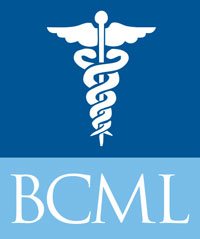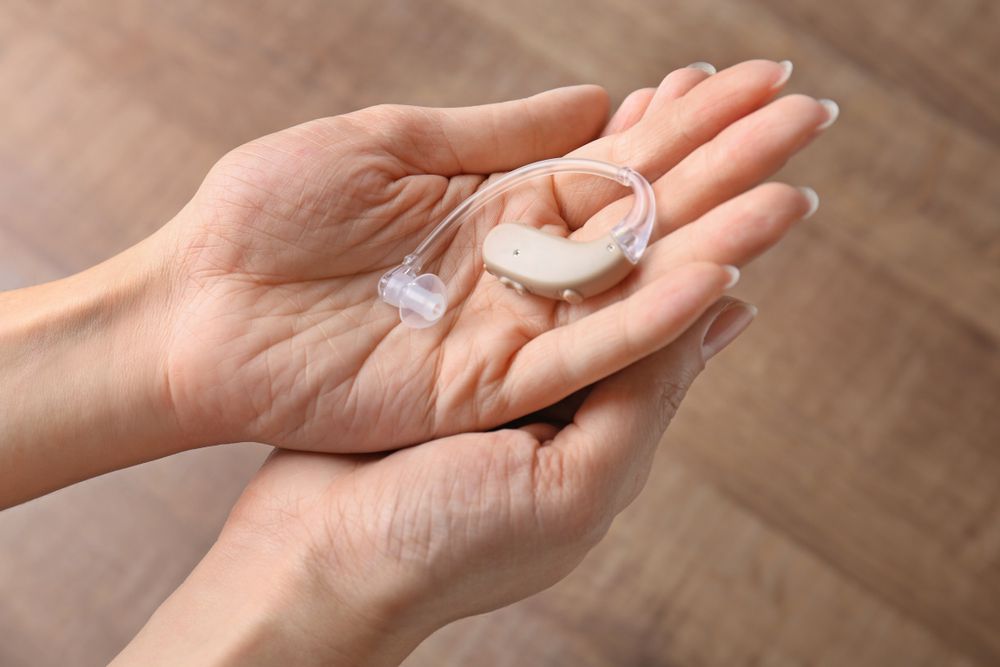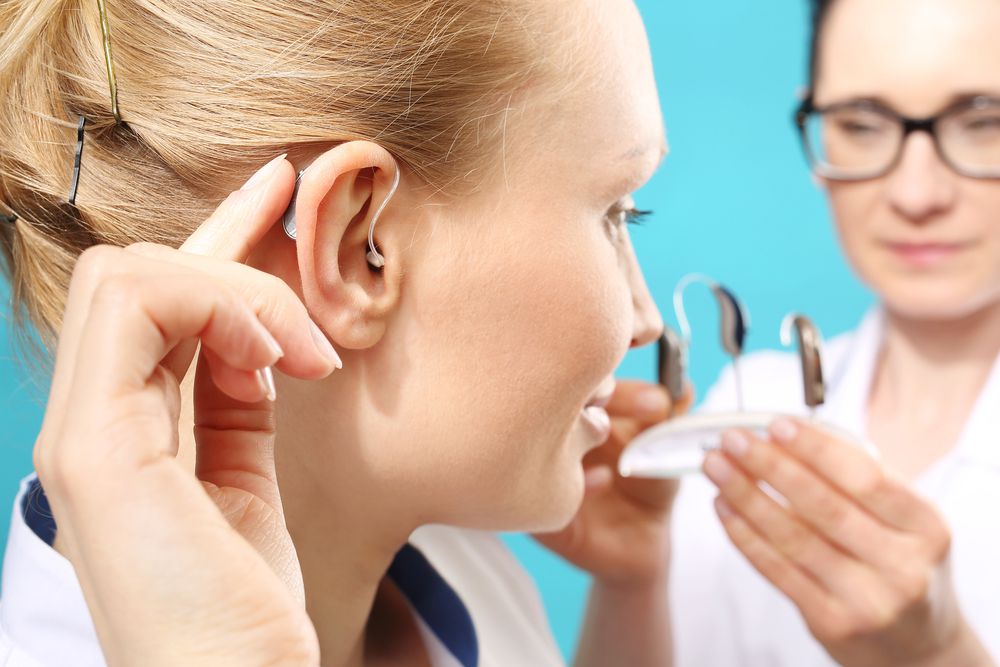Hearing Loss and Coronavirus: Hearing Aids
The COVID-19 pandemic may present additional challenges for those who wear hearing aids. While the virus has changed the world for us all, those with hearing impairment may be presented with extra barriers to wearing protective masks and seeking medical attention.
However, if you know the steps to follow, you can get hearing aids and use them effectively without any safety risks. In this blog, we will discuss how to safely wear your hearing aid during the pandemic and how to prepare for medical emergencies.
Safe Hearing Aid Removal and Insertion
While touching your ears keeps your hands away from your nose, mouth and eyes where the virus is most likely to enter, there is still a level of risk. Therefore, proper hygiene must be practiced.
Before removing or inserting your hearing aid, you should thoroughly wash your hands with soap and water. If soap and water are not available, hand sanitizer should be liberally applied to disinfect your hands.
Keeping your hearing aid clean is critical. This means diligently following recommended cleaning methods for your hearing aid. Also, you should be mindful of storing your hearing aid in a clean container and not setting it on any surface that could be contaminated with the virus.
Should I get Cochlear Implants During the Pandemic?
Cochlear implants are beneficial for many with severe hearing loss who cannot be helped effectively with a hearing aid. Though these devices are important and often necessary to improve quality of life, they are considered an elective surgery. Elective surgeries of any kind are not recommended at this time.
Surgery, even in the best conditions, can increase the chances of infection and other complications. Getting this surgery now presents an unnecessary risk because waiting to get a cochlear implant will not have adverse effects. However, there are two exceptions to this rule.
First, for infants born with hearing loss and those with meningitis. Infants with hearing loss who are born into an environment where their family does not know sign language, have an increased chance of developmental delays because they are not able to get the proper stimulation. In this scenario the benefits of cochlear surgery are likely to outweigh the risks.
Similarly, meningitis presents a situation where timing is critical to cochlear implants. One of the side effects of this viral infection is potential damage to the ear canal including bony growths. Once these growths start to take over it can be difficult or impossible to perform cochlear implant surgery.
How to Wear a Mask with Hearing Aids
Modern hearing aids are relatively small and discreet but they can still be difficult to wear with a mask that hooks over the ears. The best and easiest solution is to opt for a mask that loops around behind the head versus over your ears. If you are ordering masks and are having difficulty finding this style, look for cloth tie masks. Cloth ties will always be secured behind the head.
However, if a mask that secures behind the head is not available, there are methods to convert ear loops. Try these tips instead:
Quick Solutions
Those with hair long enough to tie into a bun or ponytail can bring the ear loops back to wrap around the hair instead of around the ears. A paperclip can also be used as a quick option. Hook the ear loops around the paper clip and bring the connected loops behind your head.
Crafty Solutions
If you have the time and supplies, you can also craft an ear loop hook with a short piece of fabric and two buttons. A piece of cloth ribbon that is wide enough to sew the buttons to is often the best option. When the buttons are sewn to the ends of the short fabric, you can hook the ear loops on the buttons and bring this back behind your head.
Sewing buttons to a cloth headband is another way to secure the buttons. This option can be a bit more cumbersome as you need to ensure the headband will not slide and dislodge the ear loops.
Note: Any item you use to secure your mask should be cleaned thoroughly. If you are using a paperclip or any other fastening, wash it with soap and water first or disinfect it with hand sanitizer.
How To Remove your Mask While Wearing Hearing Aids
To avoid accidentally pulling out a hearing aid while wearing a mask, it is important to get used to practicing this with extra caution. If you are only wearing one hearing aid, it is usually best to remove the mask from that ear first. This will help ensure that you can remove the mask purposely and not have it pull away on its own.
If you have just gotten a hearing aid, it may also help to remove it while looking in a mirror. This way you can see if the mask’s loops are in danger of pulling the earpiece out.
Hearing Aid Clips
Another added safety measure is using a clip to secure your hearing aid to your clothing. There are several styles to these but most are simply a small clip attached to a thin cord.
Communicating with Medical Staff
Seeking timely medical attention is important but there may be more barriers to getting the help you need during the pandemic. Whether you are seeking help for COVID-19 symptoms or other urgent medical matters, people with impaired hearing often have more challenges than most.
This is largely due to the fact that many hospitals and clinics will not have staff members who know sign language. The use of masks will also remove the option of lip reading and muffle voices further. To help overcome this language barrier, deaf patients can advocate for themselves with these steps:
Bring a Writing Device
A personal, interactive whiteboard is a simple way to communicate with others. A smartphone can also be used but the smaller screen will mean having to be in closer contact with others which is something to avoid.
Know Your Rights
The Canadian Association of the Deaf provides free resources in line with the rights deaf and hard of hearing persons are entitled to in medical situations. This can include access to a live interpreter or other translation devices.
Bring a Friend
If possible, bring a friend with you to the hospital. Ideally, choose a person who is not in a high-risk category of being affected by the virus. Ensure that you both follow safety precautions with masks, hand washing and social distancing.
When to Seek Medical Care
It is important to note that we all need to use good judgement when choosing to seek medical care at this time. Like with elective surgery, unnecessary doctor visits can increase your chances of contracting and spreading the virus.
For COVID-19 symptoms, you should seek medical care if you are having difficulty breathing, feel pressure in your chest and/or are feeling disoriented. Difficulty concentrating may be a sign that you are not getting enough oxygen to the brain.
Unless you are experiencing an emergency, it is best to call your doctor instead of going into a clinic or hospital. In our continued efforts to provide quality medical care in a safe environment, BCML is offering convenient telehealth appointments for those with hearing related issues.
Our caring and knowledgeable staff will meet with you through a scheduled video chat to discuss any health concerns you may have – just as we would with an in-office visit. To get started, contact us at 416-929-1900 today!




